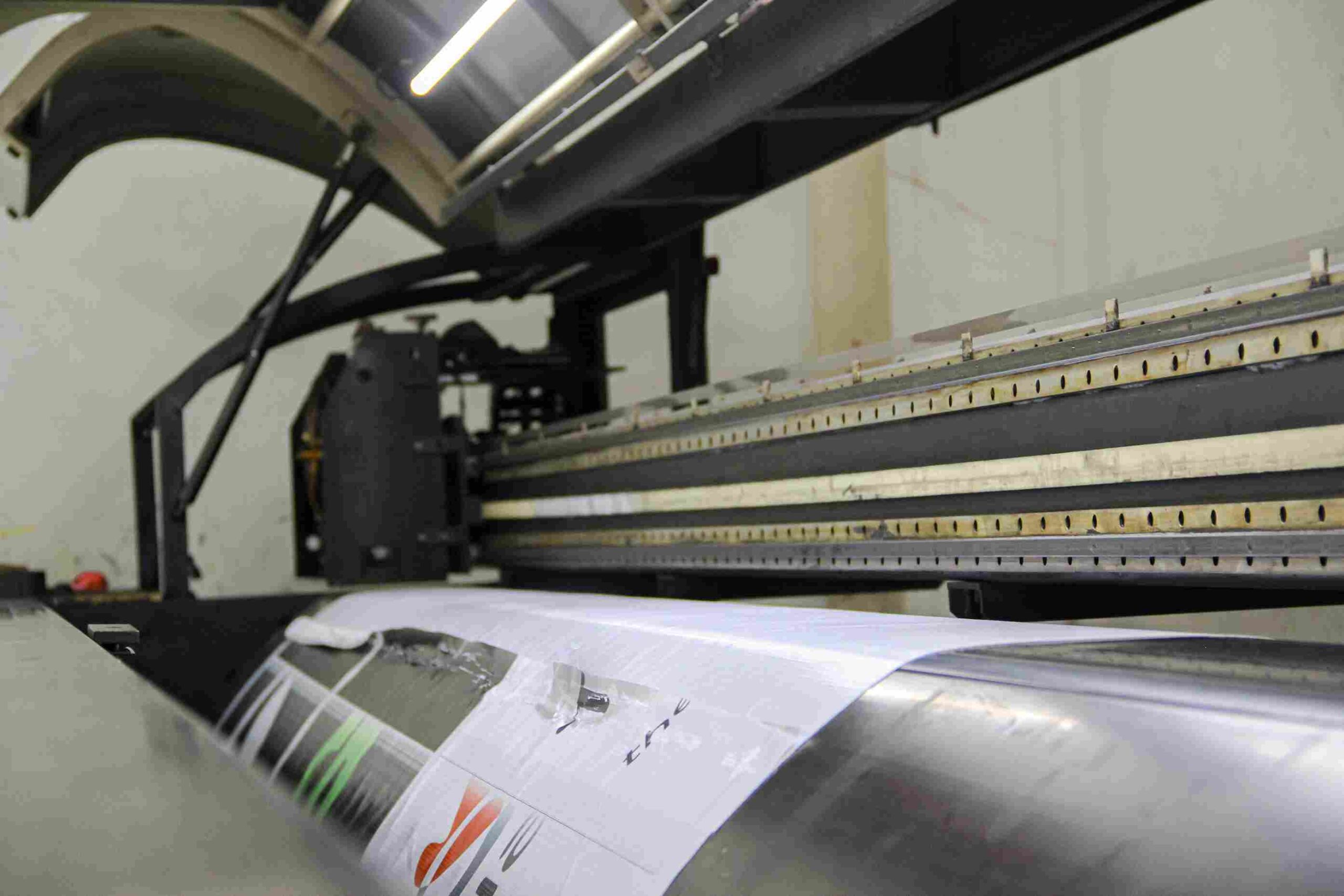Despite the rise of digital communication, printing remains an essential part of business operations. Printed materials, from marketing brochures and business cards to internal reports and packaging, play a significant role in establishing credibility, promoting brand identity, and supporting operational workflows. However, managing printing effectively requires balancing three critical aspects: cost efficiency, method selection, and sustainability. By addressing these areas strategically, businesses can reduce unnecessary expenses, maintain high-quality output, and adopt environmentally responsible practices.
Reducing Printing Costs Without Compromising Quality
A common question among business owners is How Can I Reduce Printing Costs Without Losing Quality. Printing expenses often involve paper, ink or toner, maintenance, and occasional reprints caused by errors or updates. To minimize these costs, businesses need to optimize both workflows and resources.
The first step is to audit printing habits. Many organizations print documents unnecessarily, including internal memos, drafts, or routine communications. Implementing digital collaboration tools for document review, approvals, and distribution reduces the need for physical copies while maintaining operational efficiency.
Choosing the right printer is another critical factor. Inkjet printers provide high-resolution color but consume more ink, making them suitable for small-volume or design-intensive tasks. Laser printers, in contrast, are more cost-effective for high-volume, text-heavy printing due to lower cost per page and faster output. Many businesses benefit from a combination of printer types based on specific needs.
Optimizing print settings can further reduce costs. Draft or grayscale mode can be used for internal documents, while double-sided printing minimizes paper consumption. Selecting paper grades according to purpose—premium for client-facing materials and standard for internal documents—also reduces expenses.
Ink and toner management is essential. High-yield cartridges and refillable systems lower long-term costs by reducing replacements. Some businesses may also use compatible third-party cartridges, provided quality is verified. Routine maintenance, such as cleaning print heads and calibrating printers, prevents errors and reduces wasted materials.
Outsourcing large or complex print projects can also be cost-effective. Professional printing services often deliver consistent quality at a lower cost per unit for high-volume or color-critical jobs. Implementing these strategies allows businesses to reduce printing costs while maintaining professional-quality output.
Choosing the Best Printing Method for Small Businesses
Selecting the right printing method is critical to achieving the balance between cost, quality, and operational efficiency. Many small business owners ask: What is the Best Printing Method for Small Businesses. The answer depends on the type of materials, volume, and frequency of production.
Digital printing is ideal for businesses that need short print runs and quick turnaround. It is particularly suitable for brochures, menus, flyers, and personalized marketing materials. Digital printing allows businesses to produce exactly what they need, minimizing waste and providing flexibility for design updates.
Offset printing is better suited for high-volume printing where color consistency and uniformity are important. Although it requires setup with plates and prepress work, the cost per unit decreases as volume increases. Offset printing is commonly used for catalogs, corporate stationery, packaging, and large-scale promotional campaigns.
Screen printing is highly effective for merchandise such as apparel, bags, and promotional items. It produces vibrant and durable results, though it is most cost-efficient for larger runs due to setup requirements. For businesses looking to create long-lasting branded merchandise, screen printing offers both quality and durability.
Laser and inkjet printers remain essential for office and administrative printing. Laser printers handle text-heavy documents efficiently, while inkjet printers produce high-resolution images suitable for marketing and design projects. Large-format printing is necessary for banners, posters, and signage that require sharp visuals at a larger scale.
Selecting the best printing method involves evaluating print volume, material type, quality requirements, and budget. Many businesses use a combination of methods to optimize efficiency and achieve professional results across different applications.
Implementing Eco-Friendly Printing Practices
Sustainability has become a key consideration for modern businesses. Many organizations ask: What are Eco-Friendly Printing Practices and how can they be applied effectively without compromising output quality.
Switching to recycled or sustainably sourced paper is a primary step. High-quality recycled paper can meet the performance of traditional paper while reducing environmental impact. Certifications such as FSC or PEFC ensure responsible sourcing.
Choosing eco-friendly inks is another important practice. Traditional petroleum-based inks release pollutants, whereas soy-based or vegetable-based inks reduce environmental harm while maintaining vibrant color. These inks are suitable for marketing materials, packaging, and publications.
Energy-efficient printing equipment helps minimize electricity consumption. Modern printers include features like automatic sleep modes, lower power usage, and faster printing speeds, which reduce environmental impact and operational costs. Replacing outdated devices with energy-efficient models is a long-term investment.
Waste management is equally important. Recycling toner cartridges, repurposing misprinted sheets, and collecting paper scraps for recycling reduces landfill contributions. Encouraging digital alternatives, such as electronic signatures, online approvals, and collaborative document management, further limits unnecessary printing.
Partnering with environmentally responsible printing vendors ensures sustainable practices extend throughout the production chain. Suppliers that use renewable materials, energy-efficient equipment, and responsible waste disposal contribute to a greener printing process.
By adopting these eco-friendly practices, businesses can maintain high-quality print output while supporting environmental responsibility and aligning with sustainability goals.
Conclusion
Printing remains a critical component of business operations, but managing it effectively requires strategic planning. By addressing How Can I Reduce Printing Costs Without Losing Quality, organizations can optimize workflows and resource usage to save money without compromising output. Selecting What is the Best Printing Method for Small Businesses ensures that materials meet operational, branding, and quality requirements efficiently. Finally, adopting Eco-Friendly Printing Practices reduces environmental impact and promotes sustainability.
When these strategies are implemented together, businesses achieve a printing workflow that is cost-effective, high-quality, and environmentally responsible. Effective management of printing resources allows organizations to uphold professionalism, minimize expenses, and demonstrate corporate responsibility, creating long-term value for both the business and the community.




